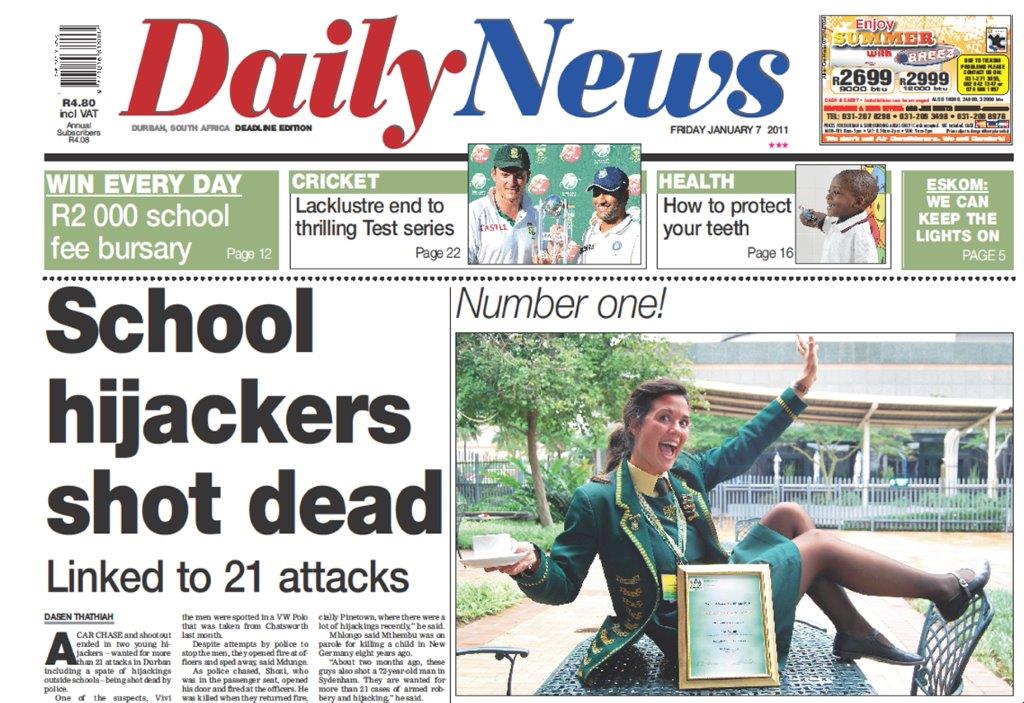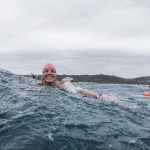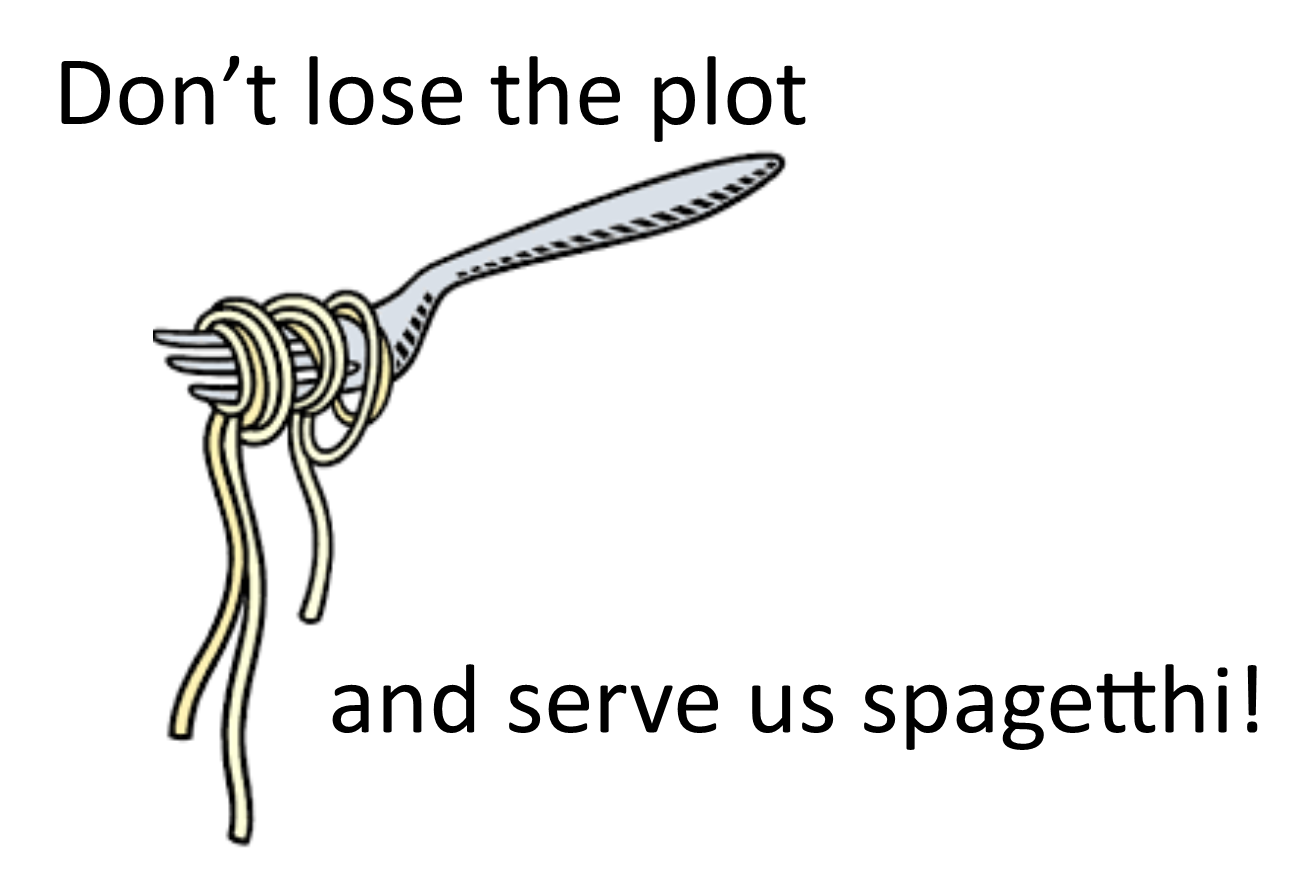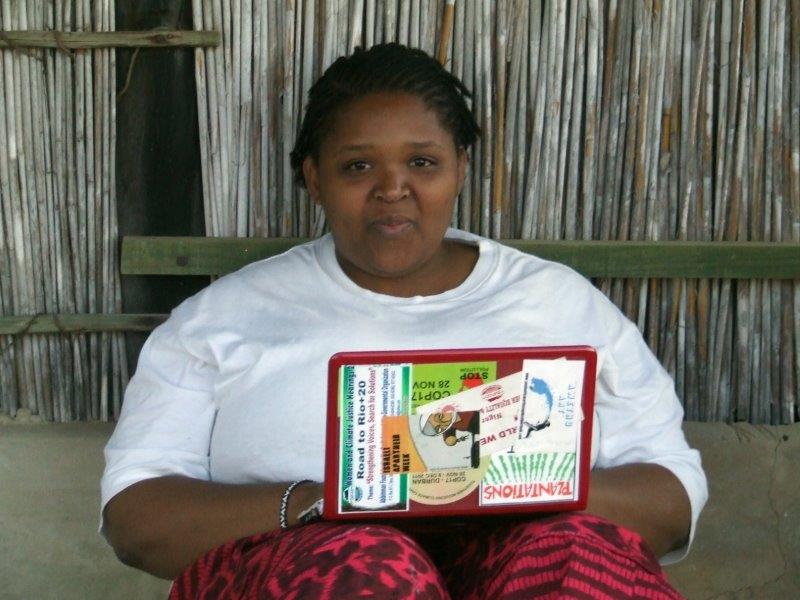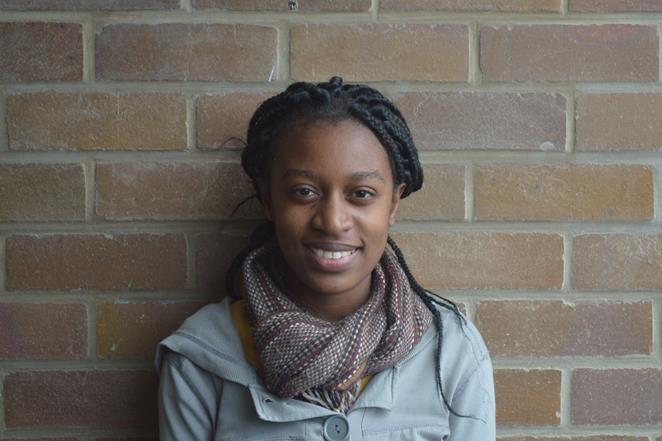“You’re cadet journalists, barely a published word to your names, jointly or individually, and what you’re working on has potential to be a global hit!”
So said author, Denis Beckett, to three students enrolled on Roving Reporters first writing workshop in 2011.
Beckett reckoned the students’ investigation into two juvenile-offenders-turned-serial hijackers, had the makings of a South African version of Truman Capote’s: In Cold Blood – a non-fiction novel detailing the gruesome murder in 1959 of Herbert Clutter, a wealthy Kansas farmer the United States, his wife and two of their children.
Popular crime novelist, Mike Nicol, also had encouraging words to say about our Tale of the Two Hijackers case study. “The story hooks you from the word go,” said Nicol.
Media colleagues were equally impressed: “The last journalism I read that was this compelling was in the New Yorker. It’s powerful stuff,” said then Daily News editor, Matthew Hattingh, who is now Roving Reporters lead writing mentor and online editor.
“Matt’s right, and he’s as cynical as I am, so he doesn’t praise lightly,” said the former chief sub-editor at the Sunday Tribune, Juliet Colly. “You have done fantastically well, particularly given that your team are just students. It’s pretty “wow” stuff.”
“Also, the narrative style is, I think, the hardest to get right. You have produced some fine examples of how it should be done,” said Colly, who recommended that Roving Reporters training programme be brought to the attention of the highly respected Poynter Institute.
An abridged version of the Tale of Two Hijackers case study was published as a two-part series in the Daily News in September 2011.
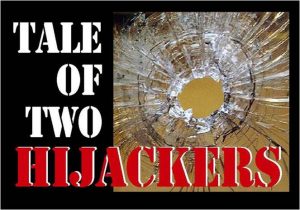
Click on the links below to download the pdfs of the stories published by the Daily News.
Tale of Two Hijackers_1
Tale of Two Hijackers_2
>> Click here to view Roving Reporters opening presentation to a class of Durban University of Technology final year students in 2011 that gave rise to the case study. The presentation was based on media coverage of the police shooting in which the two juvenile-offenders-turned-serial-hijackers were killed. As was discovered in follow up investigations into the case, the reportage was cursory and riddled with factual errors.
Lessons learned by the students
SABELO NSELE

Working on the dead hijackers case study was the most eye opening project that I have ever been roped into. Looking at the reaction of students in the classroom as opposed to actually being out in the field and doing this assignment, is like comparing chalk an cheese. Each field trip was a case of “eish” in terms of the content we were able to generate, from start to finish. There were also many misconceptions and preconceived ideas that we all had initially. Getting out there and gathering information from relevant sources was often difficult, but exciting.
SANDILE GUMEDE
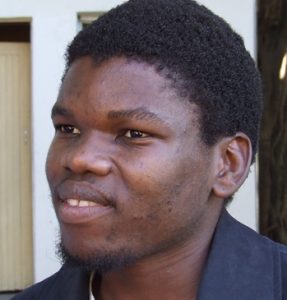
One can state without a shadow of a doubt that this was a golden opportunity that taught us good journalism practice. Given all contradictions that emerged in interviews we conducted, we had to learn to strike a balance in telling this story, and the importance of multi-sourcing.
JOEL BURTON
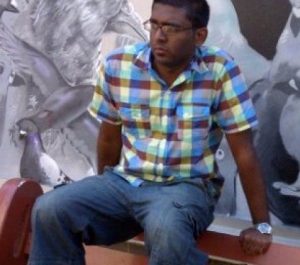
This was by far the most challenging assignments I have ever had to work on. It was also the most rewarding, and really good for me in terms of experience. I have been humbled by visiting townships. It was also challenging to cover the story from many angles, trawling through volumes of material and dealing with different sources – family, friends and police. My writing and interviewing skills improved immensely.

